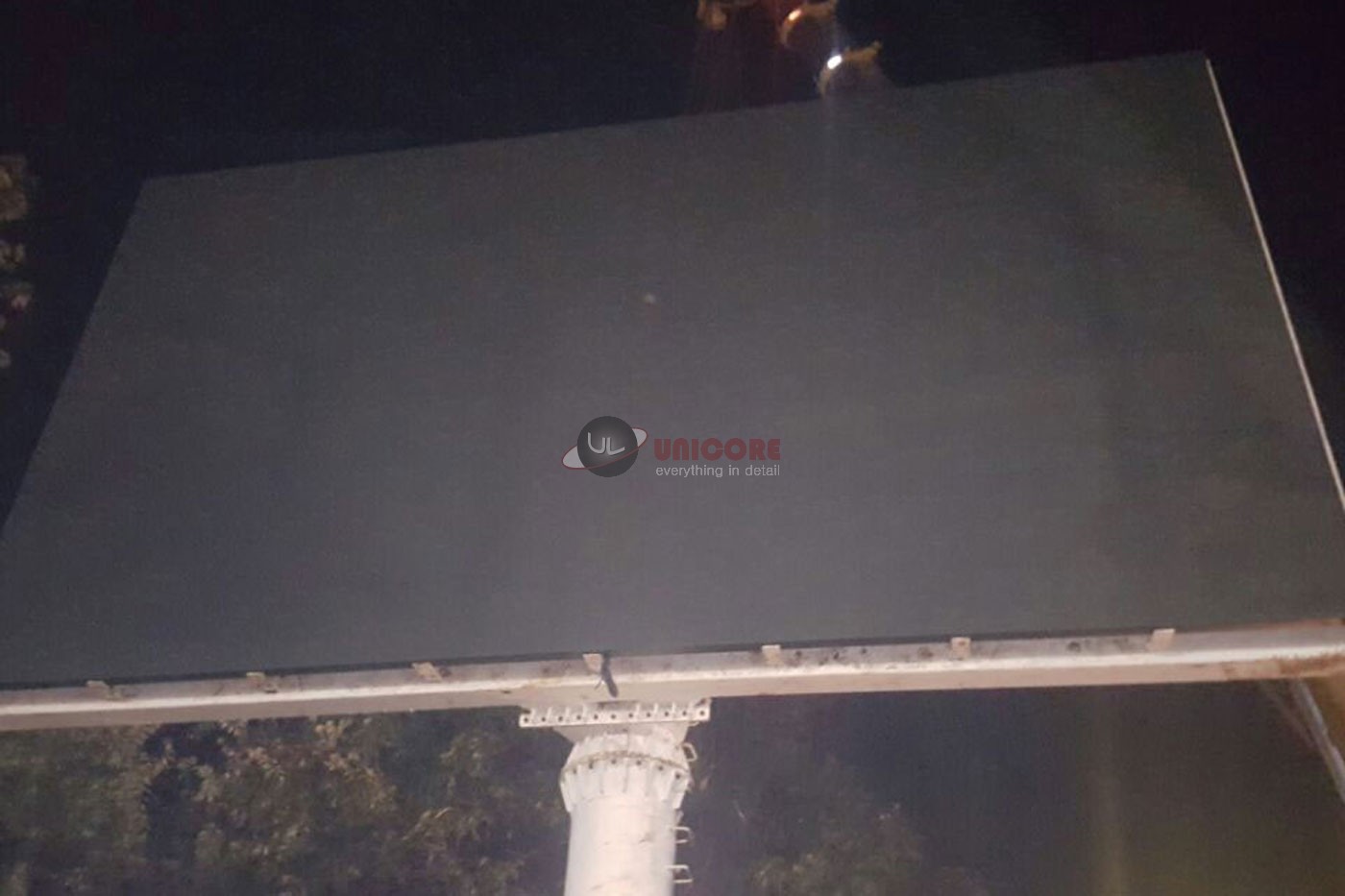Digital signage (also called dynamic signage) is a form of electronic display that shows video, image, text, RSS, animations and HTML information in public and private places for informational or advertising purposes. A digital sign usually consists of a computer or playback device connected to a large, bright digital screen such as anLCD, LED or plasma display.
Digital signage is used in retail, manufacturing production lines, schools, libraries, office buildings, medical facilities, airports, train and bus stations, banks, hospitality and other public venues. If the display is connected to a computer, the data on the screen can be updated in real time by means of an Internet or proprietary network connection. Data transmission and storage are streamlined by compression to minimise file size. The system can employ multiple screens if multiple messages are required.
There are several advantages to the use of digital signs instead of paper signs. Digital signs can be updated at will by remote control while paper signs require individual replacement and physical travel to sign sites by personnel. Because digital signs require no paper or paint, they are more environmentally friendly than traditional signs. Digital signs can be animated and can deliver sound as well as visual content.


